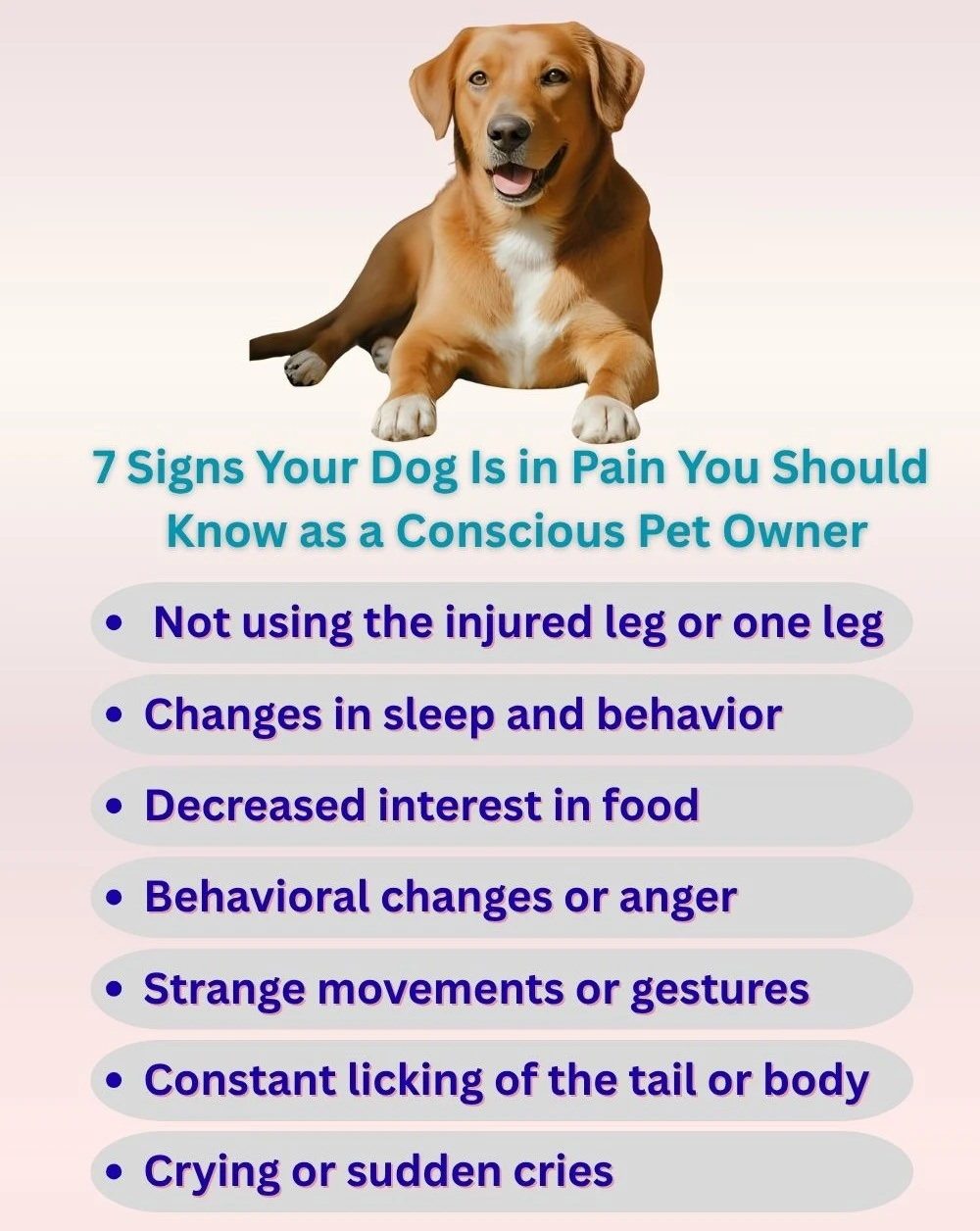Just as humans experience pain when injured and this pain lasts for a long time, dogs also experience pain when injured and this pain lasts for
2. Changes in sleep and behavior
Dogs in pain usually sleep more or become lethargic and reduce their daily activities. They play, walk, and even follow you around a lot.
What to do: Notice changes in their behavior and avoid forcing them to play or walk. Pushing them too hard can increase their pain.
3. Decreased interest in food
Due to pain, dogs often lose interest in food and may become apathetic or even refuse their favorite foods.
What to do: Offer their favorite foods more often. If you don’t eat for more than a day, see a veterinarian immediately.
4. Behavioral changes or anger
A dog that is usually calm or playful suddenly wants to bite or growls in anger, which is a big sign of pain.
What to do: Be careful when touching the body and pay close attention to where it is being touched.
5. Constant licking of the tail or body
If the dog is repeatedly licking a specific leg or area with its tongue, it may be a sign of pain, irritation, or infection.
a l
ong time, but they cannot express it verbally like humans. Therefore, it is your responsibility as a responsible dog lover to understand their body language. In this blog, we will learn 7 signs by which you can understand whether your dog is suffering or in pain.
1. Not using the injured leg or one leg
If your dog suddenly stops using one leg or walks with a limp, it could be a sign of injury, joint pain or arthritis.
What to do: Reduce movement and if it lasts more than 24 hours, veterinary advice is essential.
What to do: Check the area for redness, swelling, or any sores.
6. Crying or sudden cries
If your dog makes a sudden cry or a sudden cry of pain, it could be a direct sign of pain.
What to do: Pay close attention to when and under what circumstances he makes the sounds.
7. Strange movements or postures
Sudden difficulty walking, hunching over, or hesitating to sit or stand are also signs of pain.
What to do: If such changes occur suddenly, see a veterinarian without delay.
When should you visit a veterinarian?
If 2 or more of the above 7 symptoms persist for more than a day, it is important to take your dog to the doctor without neglecting it. Prompt treatment will help your dog recover from a lot of pain
Additional advice:
• You know your dog best, so trust your gut. If you think your dog is having trouble with behavior or movement, take action without delay.
• Write down the symptoms of pain every day in a notebook so that you have an idea of the current state of his pain and this note will be convenient for a veterinarian to treat and it will be much easier to give the right treatment.
• You can use pain relief materials (such as orthopedic beds, joint supplements, etc.) as recommended by the vet.


